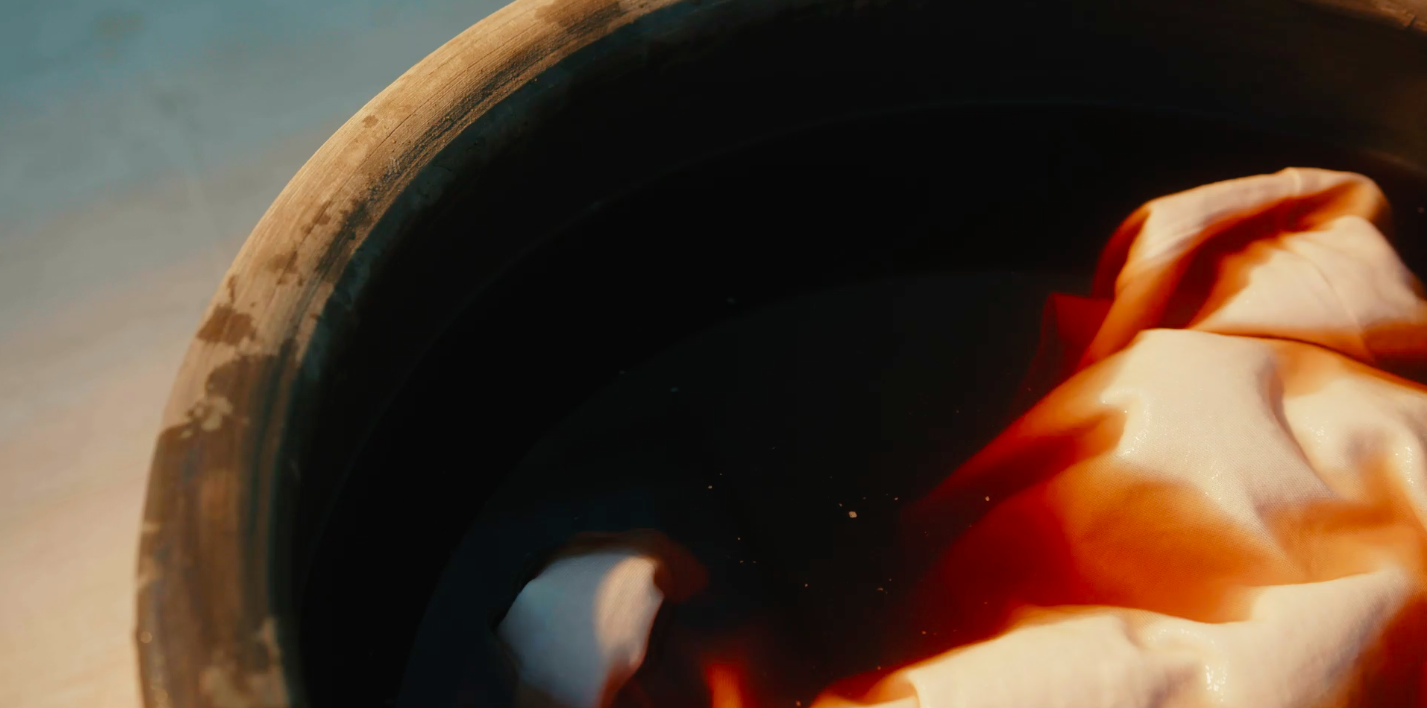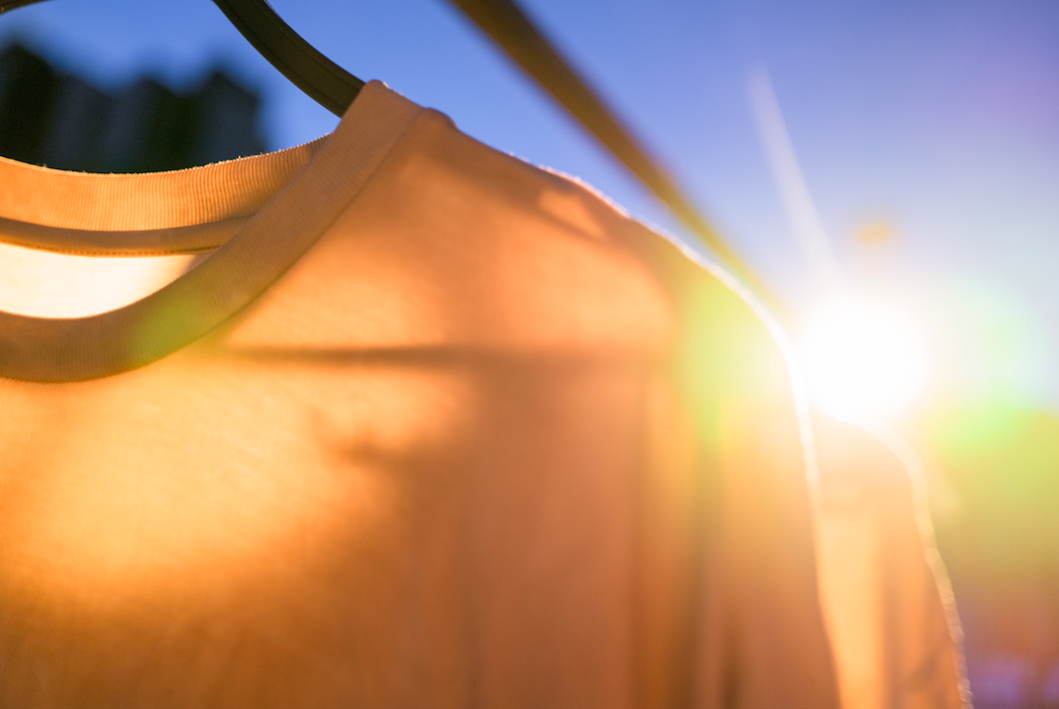Natural Dye | Tea Leaves | Camellia Sinensis
The Inspiration
I was sitting down at a local café, just chatting with a friend and waiting for my order, when one of the tea masters caught my eye. He was drawing tea from a ‘stocking’, a sackcloth bag used to smooth the tea prior to pouring. As he continued to steep the tea, an intense brown colour gradually began to develop in the cup. It was a simple yet elegant process, although my attention was actually held by the tea stains left on his white uniform. I was fascinated with the colour and discoloured effect, but even more so by how a blemish transformed a generic uniform into a symbol of the wearer’s individuality.
This image left in me a deep impression, and my fascination led to further research into tea leaves and testing of various dyeing techniques. Although not traditionally considered a dyeing material, tea is rich in tannins and bonds well with natural fibres. It was also deeply woven into Chinese culture and thus a fundamental part of my own heritage. I knew I could not give up until I found a way to effectively integrate tea leaves into our repertoire of fabric dyes.
The Dye
The first step in the dyeing process is to decide the type of leaf to use. Among other things, the natural base colour of the leaf would have a lasting effect on the fabric. Although there are countless classes and subclasses of tea leaves, the primary classes of Chinese tea are green tea, yellow tea, white tea, oolong tea, black tea, dark tea and Pu’er tea. We experimented with each of these classes to identify the ones that would produce our desired effect.
After countless trials, we realised that Pu’er tea leaves generated the most vibrant colouration on our chosen fabric. Pu’er is actually a type of dark tea, but it deserves a category of its own due to certain distinguishing features. It is a post-fermented tea, which undergoes a bacteria-aided fermentation process; the resulting colour stains are more difficult to control since the fermentation process oxidises the fabric itself. Extra attention needs to be paid when filtering Pu’er leaves in the dye bath.
The Process
The most important part of the process is preparing the dye bath itself. It was necessary to calculate the correct proportions of tea leaves to water depending on the type of fabric to be dyed. After adjusting to their proper weight, the tea leaves are manually ground and placed into boiling water. The tea is left simmering for several hours to arrive at the right concentration for the optimal colouration.
The uneven dye effect is achieved by rinsing the fabric in the water bath over multiple rounds to wash off all fine particulates. The distinct ‘unevenness’ patterns are a result of artisans twisting the fabric by hand until the effect appears. Since all of our uneven dye products go through this manual process, each are unique and exhibit a distinctive appearance.
Once the preparations are complete, the fabric is covered by a blank sheet of cotton and infused in the dye bath for 48 to 72 hours to reach the best results. This step allows us to better control and filter out the dark stains which would normally appear when using post-fermented tea leaves. When the fabric is finally ready, it is removed from the dye bath, rinsed of all excessive dyes and hand dried.
The Result
A practice that appears quaint and meditative with a restrained modesty, yet deceptively adaptable, tea dyeing fits squarely within the ALUNIA brand. After countless rounds of trial and error, we are finally able to overcome the unpredictability in the dyeing process to create the ‘stained’ look in our uneven dye products. We are proud to showcase what we have accomplished.




















